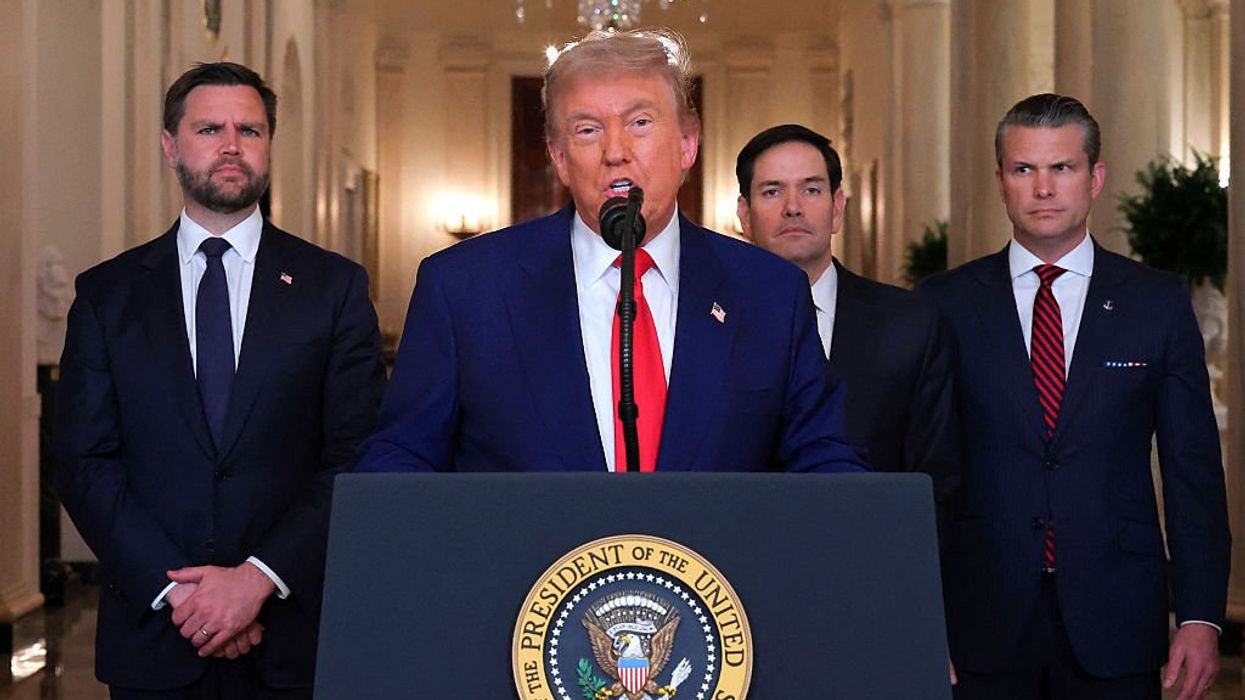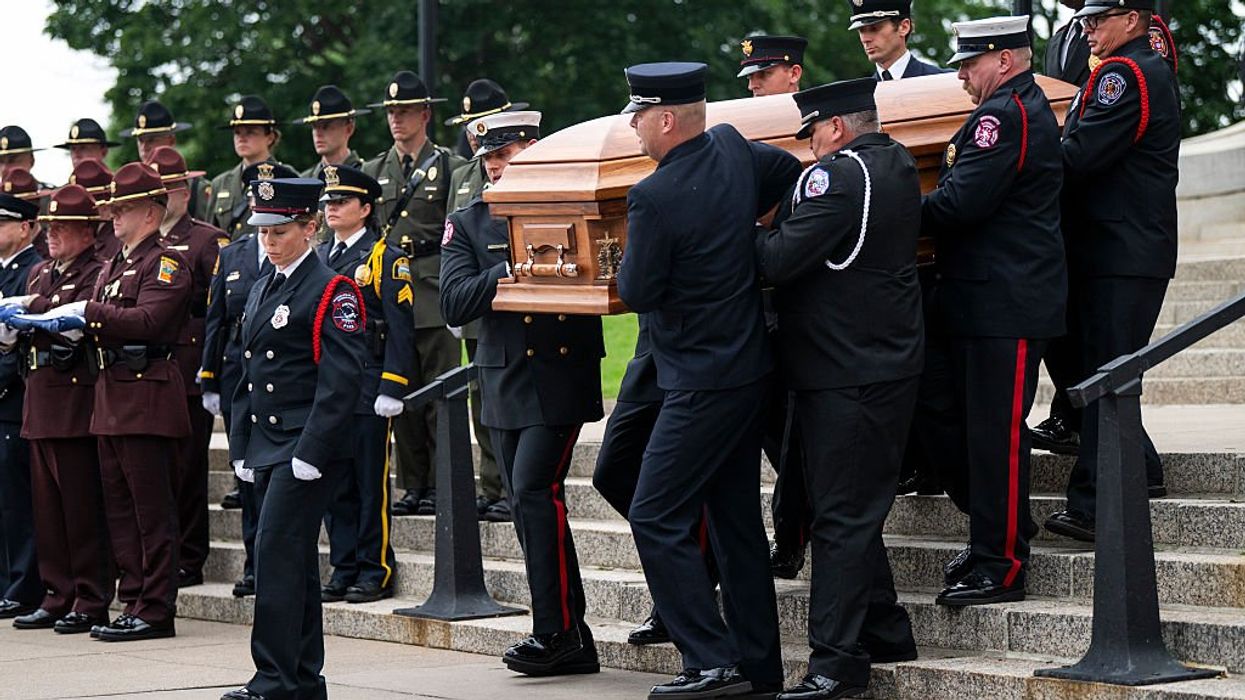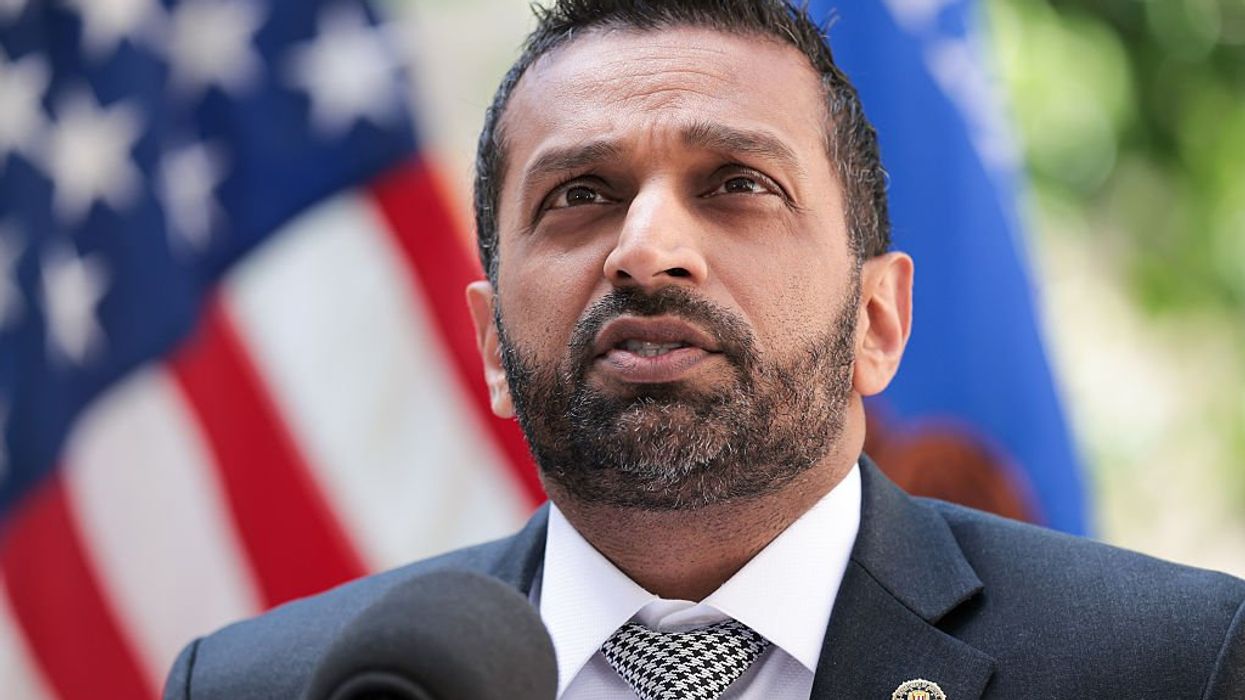
© 2025 Blaze Media LLC. All rights reserved.
FDR: "[D]on’t seek or expect a panacea—some wonderful new law that will give to everybody who needs it a hand-out or a guarantee of permanent remunerative occupation of your own choosing."
Editor's note: In "Occupy the Great Depression," found only in the newest issue of The Blaze Magazine, Natasha Pascetta takes a look at the Occupy Wall Street movement and exposes that their efforts are nothing new. Young socialist activists demanding money, jobs, and education from the government have been with us for a long, long time.
Below is an excerpt from Natasha's insightful piece, which you'll find only in the pages of The Blaze Magazine.
--------
The radical activists “occupying” everything and touting the benefits of socialism and communism these days aren’t new. FDR had to face a movement that embraced the efforts of the Soviet Union—and backed Hitler’s Germany.
As the youth unemployment in America continues to climb, calls for a “New Deal” for the Millennial Generation come from professors, pundits and students alike. While American youth are suffering from the highest unemployment in more than 60 years, their support for certain government programs indicate that they may also be suffering from selective memory.
The New Deal program for the youth of the 1930s didn’t really work all that well. This may be shocking, but progressive patriarch President Franklin Delano Roosevelt was not able to satiate the youth’s demands in Depression-era America. Knowing that his federal programs had not lived up to their expectations, FDR, in a Feb. 11, 1940, address to the American Youth Congress (AYC), had this unlikely dose of tough love for the youth of the nation:
“To you who are voters and who will soon be voters, don’t seek or expect Utopia overnight; don’t seek or expect a panacea—some wonderful new law that will give to everybody who needs it a hand-out or a guarantee of permanent remunerative occupation of your own choosing.”
His words hit the young audience like a slap in the face. The president’s New Deal had failed them and now he was berating them for their idealistic views.
But the AYC was familiar with being disappointed by FDR. According to Robert Cohen, in his book “When the Old Left Was Young,” the AYC, since its formation in 1934 as the foremost influential leftist-led youth federation and lobby, had been extremely critical of Roosevelt’s answer to the massive youth unemployment—the National Youth Administration (NYA).
The NYA was created as an agency under the New Deal’s Work Progress Administration in 1935 to provide paying jobs to student and non-student youths. Although the NYA was able to provide temporary jobs to millions of young people, Cohen reports that it never managed to employ more than one-sixth of the nation’s jobless youth at one time. The AYC was never shy to point out the considerable limitations of this federal agency.
Cohen recounts how the AYC was comprised of a smorgasbord of mostly left-leaning organizations, including the Youth Committee Against War, the Young People’s Socialist League, the Young Communist League, United Auto Workers, and the American Student Union. Think of the AYC as a much more organized Occupy Wall Street.
In fact, although many compare Occupy Wall Street to the student activist movements of the 1960s, a more fitting parallel could be the youth activism of the 1930s. For example, consider this statement from the AYC’s 1936 “Declaration of the Rights of American Youth”:
“We declare that our generation is rightfully entitled to a useful, creative, and happy life, the guarantees of which are: full educational opportunities, steady employment at adequate wages, security in time of need, civil rights, religious freedom, and peace.”
Fast forward to 2012 and these same “rights” show up on protesters cardboard signs and Occupy Wall Street online threads that demand “Guaranteed Living Wage Incomes Regardless of Employment,” “Free College Education” and “Debt Forgiveness for All!”
The AYC wanted much more than the government’s National Youth Administration would ever be able to give them. In October 1935, William Hinckley, the executive secretary of the American Youth Congress, declared, “If we young people are going to sit back and wait for the National Youth Administration to put us on our feet, we’re far more likely to land on another part of our anatomy.”
Despite the NYA’s attempts to cope with youth joblessness by paying students to participate in work-study programs, the AYC found the wage scale to be unacceptable. “One week after the NYA was introduced, the American Youth Congress was asked to endorse it. We laughed and proceeded to draw up a truly democratic and adequate plan,” Hinckley said. That plan was the “American Youth Act.”
The act would have provided financial aid to all needy people between the ages of 16 and 25. High school students would receive $15 a month and college students at least $25 a month. Obviously, this was a completely unreasonable request in the face of . . . .
Get the full report ONLY in the pages of The Blaze Magazine. Subscribe here today.
Want to leave a tip?
We answer to you. Help keep our content free of advertisers and big tech censorship by leaving a tip today.
Want to join the conversation?
Already a subscriber?
more stories
Sign up for the Blaze newsletter
By signing up, you agree to our Privacy Policy and Terms of Use, and agree to receive content that may sometimes include advertisements. You may opt out at any time.
Related Content
© 2025 Blaze Media LLC. All rights reserved.
Get the stories that matter most delivered directly to your inbox.
By signing up, you agree to our Privacy Policy and Terms of Use, and agree to receive content that may sometimes include advertisements. You may opt out at any time.






